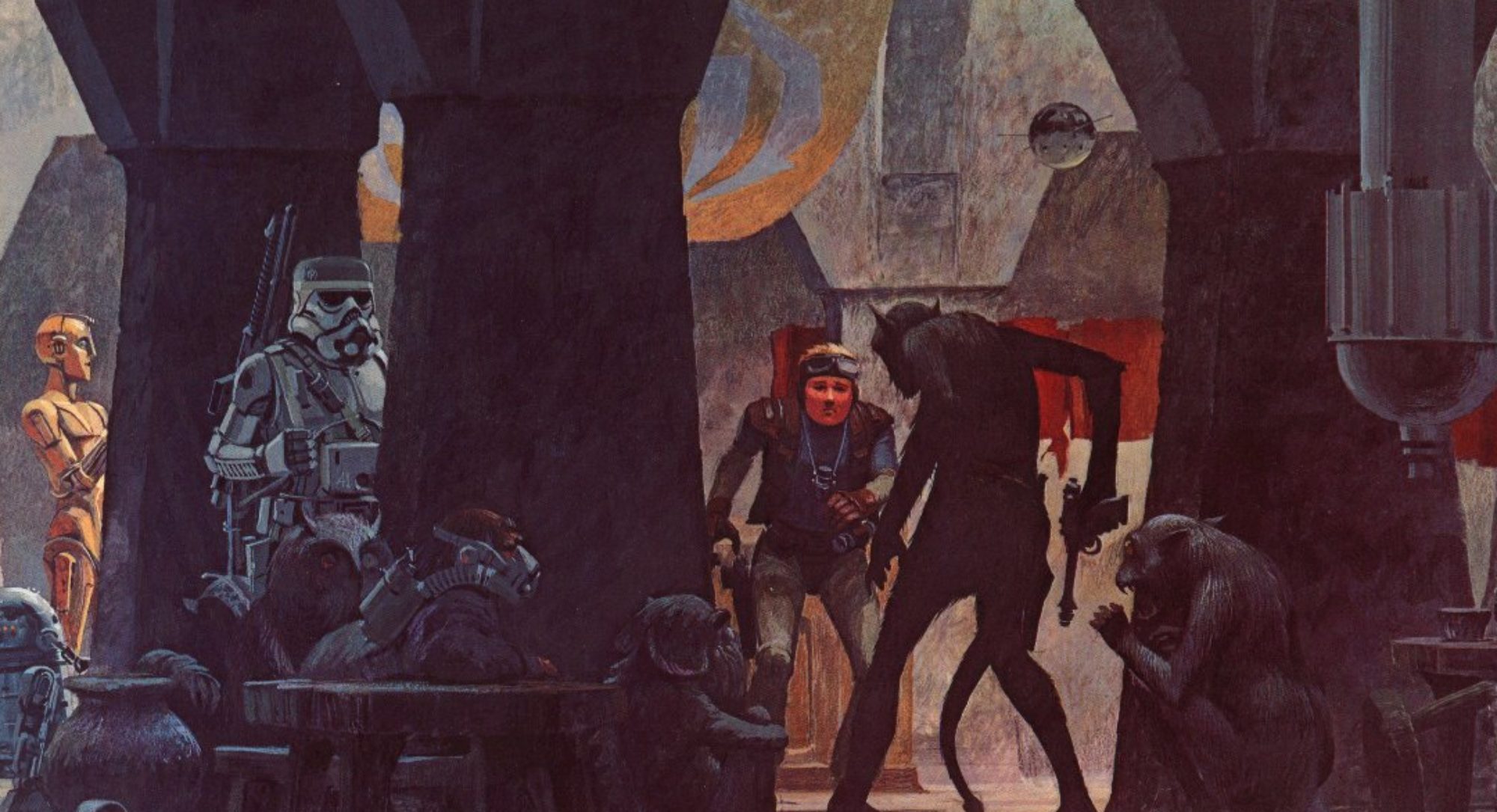 Hello and welcome back! I’ve been remiss in getting this blog back onto anything resembling a regular schedule — I hope you’ll bear with me.
Hello and welcome back! I’ve been remiss in getting this blog back onto anything resembling a regular schedule — I hope you’ll bear with me.
As promised, the Formulaic Writer series picks up again today, continuing our look at various formulae and methods for idea-brainstorming for writers. We’re going to take a look at a couple tools today — one nearly a century old, and a couple of others which are more recent.
First up: Plotto – A New Method Of Plot Suggestion For Writers Of Creative Fiction. Yeah, it’s a mouthful, and honestly, it’s marvelously bonkers. Written by William Wallace Cook and published in 1928, Plotto is, weirdly, almost like a bizarre system of algebra for creating plot ideas, put together by somebody who in today’s world would probably be diagnosed as being on the spectrum. It’s got this marvelous late-20s mad-scientist kinda feel to it (and, unfortunately, the expected occasional bit of early-20th century racism & misogyny), and really does come up with interesting combinations which definitely spark ideas.
You can download the public-domain book in various formats at the Internet Archive, but a kind soul has created a a hyperlinked online version, which includes a gender-flipper switch (the AB at the top of the page, which reverses the codes used in the text for male and female), and a randomizer (linked from this intro page, under “Getting Started.”).
I could give you a detailed run-down of how to use Plotto, but the gentleman who produced the online version has been kind enough to summarize here. Briefly, though:
- You select one of the “A” clauses, which define the initial state of the protagonist. There are 15 of these.
- You then select one of the “B” clauses, which is the overall action of the story. There are 62 of these.
- Finally, you select one of the “C” clauses, which is the resolution of the story. There are 15 of those.
That gives you the basic framework. You then expand the “B” conflict — an index of possible conflicts is given for each “B” clause, and you choose one for your starting point. Each conflict has a set of before and after suggestions that can be used to expand the conflict in either direction — and of course, these are presented numerically, which sends you to that entry, which ALSO has before and after suggestions to expand it, allowing you to work backward (to the “A” clause), or forward (to the “C” clause). It’s all bizarrely convoluted and odd, because like I said: mad-scientist 1920s story-writing algebra system.
It’s all really fascinating, though, and really worth digging into — because it absolutely does spark plot ideas.
But perhaps you’d like something a bit more modern?
The Snowflake Method.
This method of creating a story is the invention of Randy Ingermanson. His idea is based on the fractal concept. Specifically, he was inspired by the mathematical exercise of the Koch Snowflake. (Briefly, creating a snowflake structure by manipulation of an equilateral triangle.) He applies it to writing by starting small, then building up until it starts to look like a story. The tool he suggests for doing so is rigid time management, where you concentrate on one particular task, which builds on the tasks before it, until a story starts to take shape.
The steps of the Snowflake Method are:
- 1-sentence summary: the “high concept” idea. A one-line blurb, 15 words or fewer. Take an hour on this task.
- Expand sentence to full paragraph, using the three-act structure or whatever other method you prefer. Again, take an hour.
- One page summary for each character, exploring their personal storyline, motivation, goal, conflict, etc. An hour for each character.
- Expand each individual sentence in summary (#2) to a full paragraph, expanding on each idea. Take a few hours on this.
- 1 page description of each major character, and half-pages on the minor characters — a “character synopsis”, more descriptive than step 3. Take a day or two on this.
- Back to expanding the plot — Take each paragraph from #4 and blow it up into a full page synopsis. (1 week.)
- Expand character descriptions from #5 into full “character charts” — tons of detail, even if you think it won’t make it into the story (birthday, history, etc.). The idea by this point is to make them as real in your head as you can make them. (1 week)
- Turn the multi-page summary from #6 into a scene breakdown, by whatever method you prefer (spreadsheets, index cards, Scrivener, etc.). This takes as long as it takes.
- (optional) Expand each scene from spreadsheet into multi-paragraph description of that scene (you may not want to do that, keeping that for the draft, or that might be how your scene breakdowns already work). Again, this will take as long as it takes.
- Start writing first draft.
It’s a bit gimmicky, sure — and more than a bit hand-wavy in sections, but I like the idea of timed work, and going from small to large as more ideas come. A bit like sculpture, building up a figure with bits of clay until the form appears.
We’ll take a look at another
The One Page Novel
This is a formula designed by Eva Deverell, who teaches a course on it, and it’s an 8-stage method, using a fill-in-the-blanks method, designed to fit on one page. Interestingly, it has you coming up with your plot stages out of order — you plot in one order, but the stages appear in the story in a different order:
Plotting order:
- Resolution
- Stasis
- Shift
- Trigger
- Quest
- Power
- Bolt
- Defeat
Story order:
- Stasis
- Trigger
- Quest
- Bolt
- Shift
- Defeat
- Power
- Resolution
Each stage is described as follows:
Stasis: the character isn’t living to their full potential – opposite state to Resolution.
Trigger: an internal or external impulse (or both) forces the character to take the first step towards their Resolution state.
Quest: the character enters the new world of adventure, meets mentors or allies and makes a (bad) plan to solve the problem the Trigger created.
Bolt: the (bad) Quest plan inevitably goes wrong.
Shift: the character makes the paradigm shift necessary for them to inhabit their Resolution state.
Defeat: the character makes the ultimate sacrifice.
Power: the character finds a hidden power within themselves that allows them to seize the prize.
Resolution: the character is living up to their full potential in their Resolution state.
Conclusion:
That’s it for today’s installment. I’ll be coming back to this topic again next week, and we’ll look at some more brainstorming tools and methods.
Tomorrow: Friday Music! See you then.


